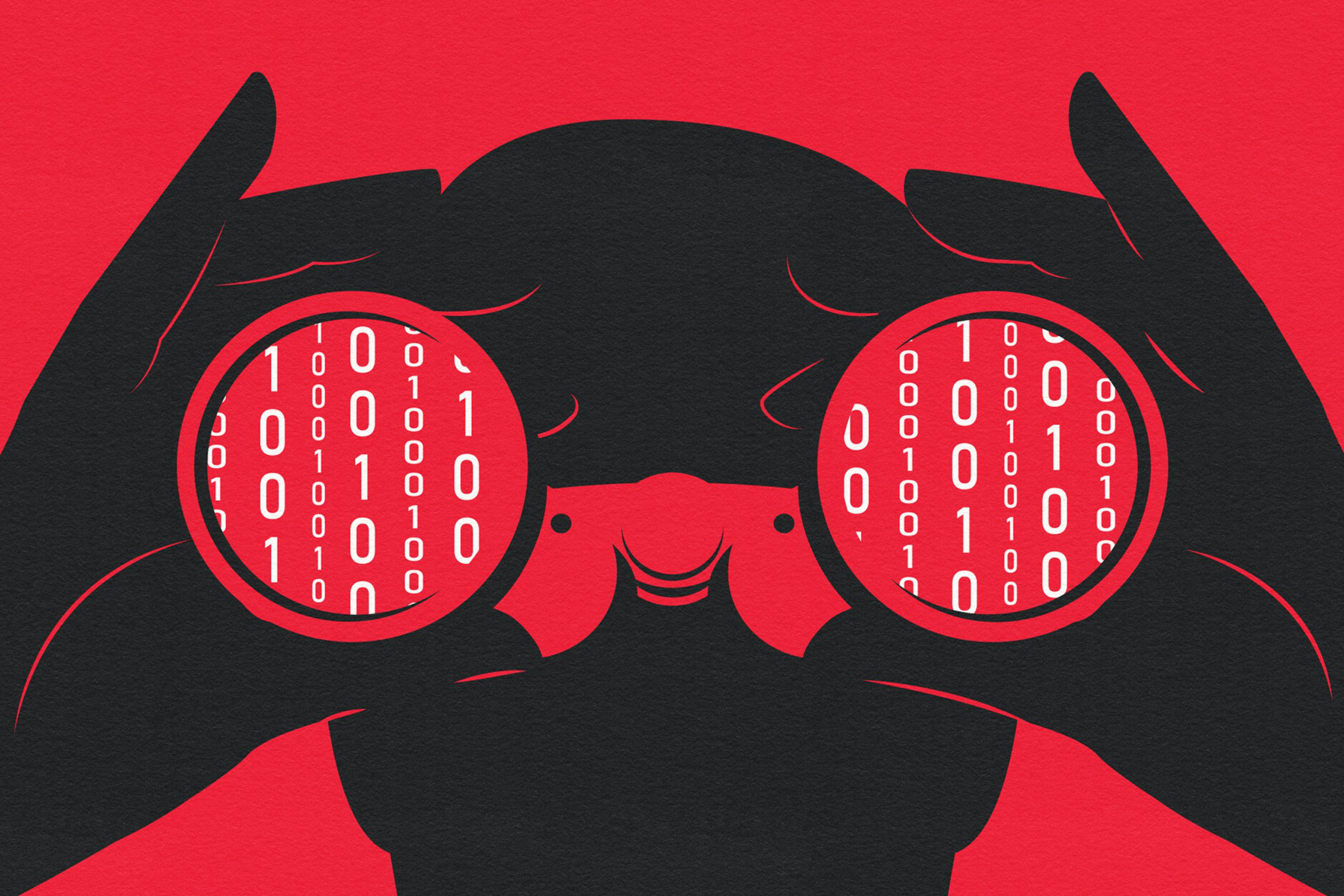Consider this:
You’re at home, scrolling online to find a nearby store to buy a TV. You find one, drive to the store and park, then pull up the same TV on your phone.
The price jumps from $499 to $599.
Why? The retailer is betting that the closer people are, the more they are willing to pay. This actually happened with Target, and the company agreed (opens in new tab) in 2022 to pay $5 million in civil penalties.
Meet surveillance pricing, a dystopian business model straight out of “Severance.” This isn’t the old-school, supply-and-demand model of price fluctuation. This is hyper-personalized, data-driven price manipulation, with corporations using the vast amounts of data they collect — on your finances, web browsing history, past purchases, even location — to determine just how much they can squeeze from your wallet. It makes Ticketmaster’s dynamic pricing (opens in new tab)seem quaint.
A state Assembly bill (opens in new tab), AB 446, introduced by Assemblymember Chris Ward, would make it illegal for businesses to vary prices based on personal data they collect from consumers. It’s a crucial move, pushing back against the unchecked power of data-driven price manipulation. The bill recently passed an Assembly floor vote and is before the Senate.
Businesses have long offered discounts based on demographics — think student or veteran discounts. But such models are transparent. Surveillance pricing is different: It’s secretive, and it’s about you.
Bought a last-minute ticket before? Expect the next one to cost more. Traveling for something you can’t miss? That flight to attend a funeral could cost you. Ordering diapers online with expedited shipping? You’re probably a stressed parent willing to pay more.
Surveillance pricing is not just a “Black Mirror”–style hypothetical; it’s already happening. The travel website Orbitz charged (opens in new tab) people using Apple products as much as 30% more for hotel rooms. The price for a backpack on Amazon was $7 more (opens in new tab)on a shopper’s phone than on their laptop. The Princeton Review charged customers in ZIP Codes with high Asian populations more (opens in new tab) for tutoring packages. And consumers browsing from the Bay Area were charged higher rates for hotel rooms than those browsing from Kansas City and Phoenix (opens in new tab). (opens in new tab)
For low-income shoppers, surveillance pricing can mean paying more for necessities. When algorithms favor people with better credit scores, more expensive devices, or certain browsing habits, those who are already struggling economically find themselves locked out of the best deals. (opens in new tab)
Since these pricing structures are invisible, there’s often no way for consumers to challenge or even recognize when they’re being gouged. It takes work to uncover, including switching devices or even ZIP Codes. Getting a fair, transparent price shouldn’t be such an ordeal.
After requesting my data (opens in new tab)from the major brokers who sell personal information to businesses and law enforcement, I found they keep detailed profiles on me — hundreds of pages of inferences about my net worth, political affiliation, how likely I am to get a vaccine or subscribe to a streaming service. They were right on at least one point: Experian keeps track (opens in new tab) of “impulse shoppers,” a parameter on which I scored “below average.” That’s accurate, but on many other points — my race, income, and brand preferences — they were wildly wrong.
We’re not just being surveilled — we’re being surveilled badly.
Regulators are becoming more aware of these practices. Under the Biden administration, the Federal Trade Commission took notice of surveillance pricing, launching investigations into how companies leverage consumer data. The FTC found (opens in new tab) that retailers scrutinize personal information to set targeted prices based on location, demographics, and scrolling movements.
But it’s unclear whether the FTC’s work on this issue will continue under the Trump administration. This is where California can play a key role. Recognizing the urgency of the issue with AB 446, Ward aims to ban surveillance pricing outright. To no surprise, large companies in tech and advertising are pushing back (opens in new tab) on the legislation.
California has long been at the forefront of consumer privacy protections, notably with the landmark 2018 California Consumer Privacy Act, designed to give people control over their personal data. With AB 446, the state can take another decisive stand against exploitative corporate behavior.
Consumers deserve transparent pricing — not an algorithmic black box designed to extract as much money as possible from our wallets. The price you pay shouldn’t depend on data a company has gathered about you.
Companies are watching us — maybe it’s time we start watching them.
Justin Kloczko is a tech and privacy advocate at Consumer Watchdog (opens in new tab), a California nonprofit.
